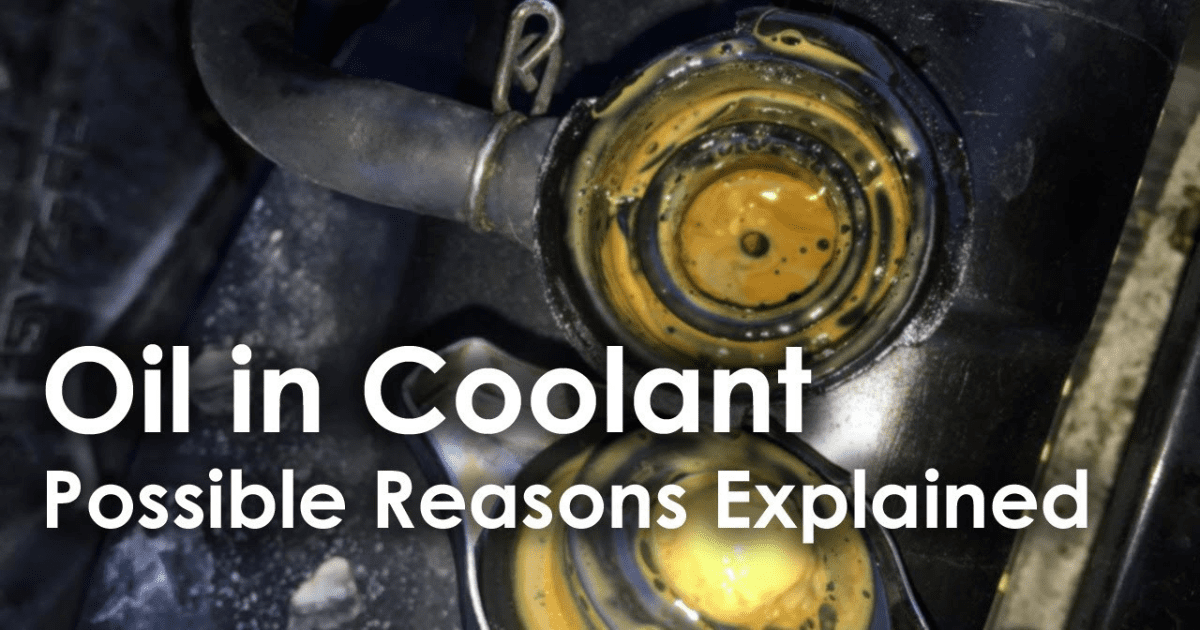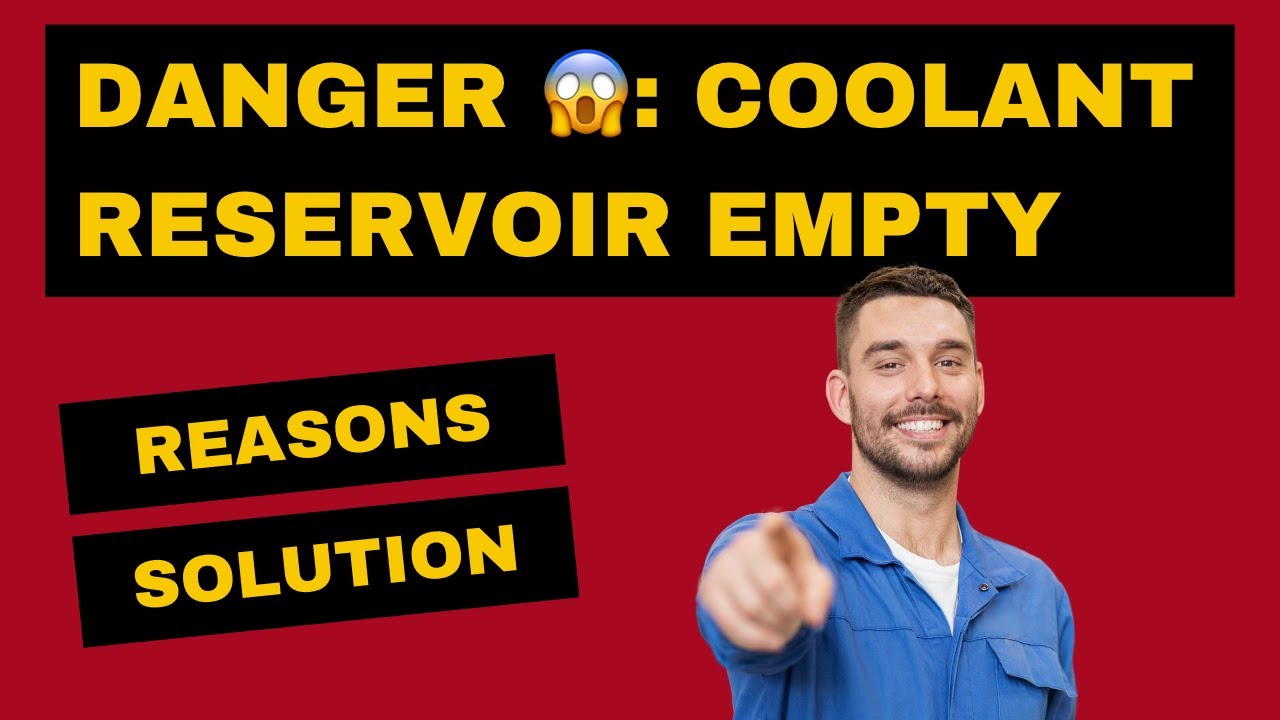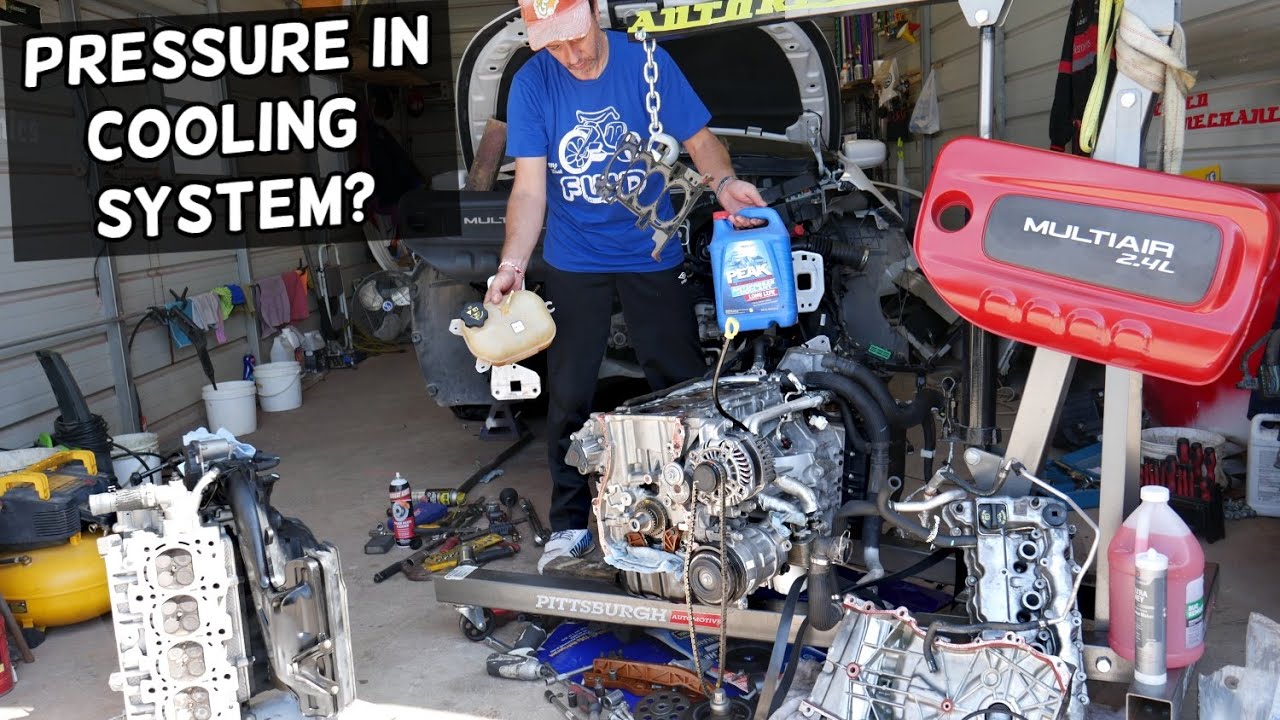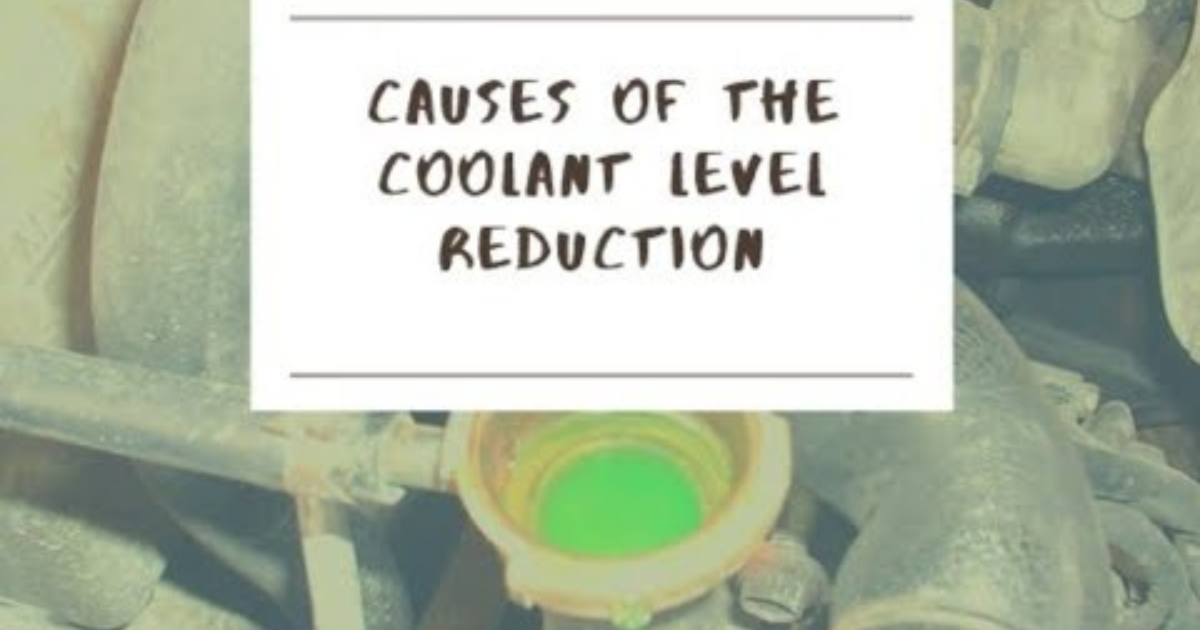The discovery of oil in Coolant Reservoir has the potential to spoil your day. What follows is an extensive explanation of the most typical reasons for oil in coolant, as well as steps to take to resolve the problem. The purpose of this essay is to alert you to the several potential sources of oil in coolant.
You should pay proper attention to the two distinct matters of coolant in oil and antifreeze in coolant. With any luck, I can tell you a secret that has worked for me for years that will help you save a tonne of money on replacement prices. Spend less than $60 on this trick.
What causes Oil in Coolant?
This problem can be caused by a lot of different things. Let’s have a short look at what could be causing this.
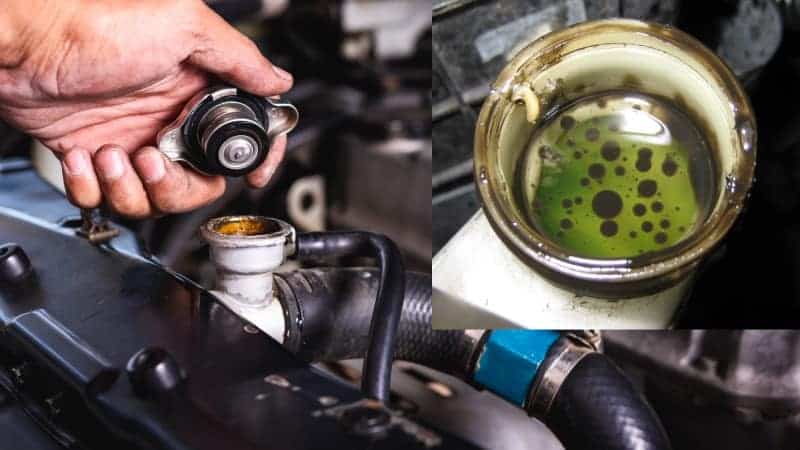
Leaky Head Gasket
To keep coolant and oil from seeping out or mixing, there is a gasket called a head gasket that fits between the head cylinder and the engine block. This issue may arise in vehicles where the head gasket has blown, leading to a mixture of oil and antifreeze. The presence of oil remnants in the coolant of an overheating engine may be a warning sign of a burst head gasket, which requires immediate treatment.
One option is to take the vehicle to a mechanic, but another is to purchase a head gasket tester kit and check it out on your own. For example, let’s say the head gasket tester finds evidence of a leaking gasket.
In that instance, you might have to call a professional to remove the head cylinder and replace the flawed gasket, or you might keep reading to discover the method I use to fix a leaking head gasket without removing the engine. If you are not a trained mechanic, you should not attempt to remove the cylinder head on your own.
Oil Cooler
Oil coolers are included into some vehicles to ensure that the motor oil is kept at the ideal operating temperature. An oil and coolant mixture could happen if the oil cooler has even a little fracture in it and the coolant and oil don’t follow their proper transit route. Other problems with your cooling system could result from this.
So, as soon as you notice it, you should fix it. The oil cooler can be easily replaced by the do-it-yourselfer. Not much technical know-how is needed.

Overheating
The head gasket might wear down more quickly in an overheated engine. If you notice oil in your antifreeze, it could be because of a faulty head gasket, which can lead to a mixture of oil and coolant.
Cracked Cylinder head
Consider the following scenario: a fractured cylinder head will lead to the mixture of oil and coolant. Having a professional remove the head cylinder and inspect it carefully is the surest method to detect a broken head cylinder.
There are two options when you notice cracks in the cylinder head: either replace the head cylinder or rebuild the engine altogether. Buying a used one from a nearby dealer and exchanging it for your own will be the most cost-effective solution, regardless of your choice.
Damaged Engine Block
Oil in coolant is not caused by the head gasket but by a damaged engine block. The durability of the engine blocks makes this the very least likely outcome. Getting a new or slightly used engine to get your vehicle going again is your best bet when dealing with a damaged engine block.
How to fix oil in coolant
The root of the problem determines how difficult or easy it will be to correct the mixing of coolant and engine oil. The first step in keeping your car safe from antifreeze contamination is to drain the old, contaminated coolant from the radiator’s petcock or down hose.
You should address the issue by fixing or replacing the culprit, which could be a fractured head cylinder, oil cooler, gearbox cooler, or a leaking head gasket, depending on your findings.
Refilling your coolant tank with the recommended antifreeze is the next step after replacing or repairing the cause. To find out what kind of coolant your vehicle needs, look in the handbook. After that, you should definitely do a trial run.
You should investigate and resolve any other potential causes if you notice the presence of new residues in your reservoir. But you’ve done a fantastic job if the coolant shows no signs of oil residues.
Keep in mind that I said I would show you a strategy I’ve used for a long time. So, if you’re wondering how to drain engine oil of antifreeze or how to halt the mixing of oil and coolant, you’ll find the solution in the following paragraphs.
Using a steel sealant might be an affordable alternative to spending hundreds of dollars fixing this defect. Be careful to flush the radiator with water until clear water comes out if you’re using the steel sealant approach. The presence of clear water indicates that the polluted coolant has been effectively flushed out of the system.
You should next pour a bottle of steel seal or a blue devil into your radiator and fill it up with distilled water. I suggest these two products, while there are more on the market for steel sealants. After that, start your engine and let it run at a low speed for around an hour. Turn up the heat to full blast and keep an eye on the temperature.
You should switch off the vehicle and let the engine cool down after it has idled for an hour. After half an hour, remove the cap from the radiator or reservoir and look for any signs of fresh oil.
You know you did a good job fixing it quickly when there are no traces of oil in your coolant. Putting your car through its paces is the next logical step. To maximise the sealant’s effectiveness, you must carefully handle the vehicle.
The sealant will not work on some head gasket holes because they are too large. But it’s nonetheless the greatest alternative to test out initially.
Conclusion
I hope this article has cleared up any confusion you may have had about the Coolant Reservoir oil. We have effectively described the issue, its causes, and the steps to resolve it. So, after you see that oil and coolant mix, you have two options: either do the quick fix or call a professional mechanic.
